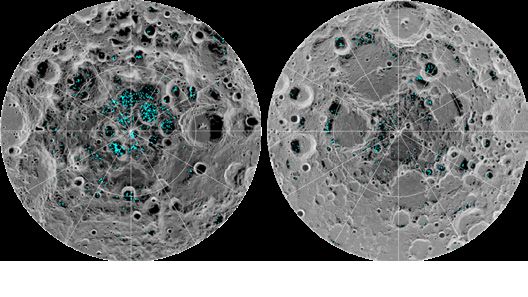Having insight of whether the space outside the Earth can sustain life has been an ultimate question for mankind over the past centuries. Today, the National Aeronautics and Space Administration (NASA) and Space-X has already set its sights on Earth’s nearest celestial planets as an effort to return humans to the moon. Through the Artemis program, which builds upon the Apollo missions which were done in the 1960s and 1970s, the space agency intends to put women first and then men next on the lunar surface by 2024 and establish a permanent human presence there within the next decade. However, in contrast with the Apollo mission, which aims on migrating people to the Moon, the Artemis plan targets the planet Mars with the Moon as a waypoint. The mission to the Moon is seen as a chance to test new tools, instruments and equipment that will possibly be used on Mars. This includes human habitats, life support systems, technologies and practices that could benefit in establishing self-sustaining outposts away from the Earth.
On the 21st of September in 2020, NASA produced a USD28 billion five-year plan to return astronauts to the surface of the Moon before the end of 2024. NASA plans to make use of the Moon’s unique perspective as a podium to look back at the Earth, observe the Sun, and view the vast universe. However there have been intense disputes since 1996 as to whether water exists on the Moon or not. The existence of water on the Moon cannot be agreed without debate. This is because water evaporates very easily on the Moon unlike on Earth where evaporating water is mostly caught and suspended in the atmosphere, which in turn is protected from the Sun by the Earth’s magnetic field. Since the Moon doesn’t have the magnetic field as well as the atmosphere, there is no way of catching water which evaporates under the heat of the light from the Sun.
Explorations by Casey Honniball of NASA’s Goddard Space Flight Center however confirmed the presence of water molecules on the Moon. How did that water get there? That is a difficult question to answer. Scientists predict that water reached at the moon through numerous ways. The easiest, given the cratered nature of the moon, is that it arrived with an impacting object, like a comet or water-laden asteroid. Some Astronauts are of the view that deep craters which exist on the Moon’s poles have received no sunlight for 2 billion years or more, thus scientists have suggested water ice to have survived. The presence of water on the Moon and possible deposits of rare Earth mineral deposits also hold promise for both scientific and human exploration. In light of the Artemis Plan any water molecule/ice existing at the Moon is significant to the future of humanity in the Universe. Not only shall the water used to supply the colonist to drink or grow food, it will be essential for processing fuel to be used by the rockets.
Not forgetting the final destination Mars, the planet is seen as an exceptional place because it is the closest planet in comparison to the Earth in the Solar System. The Planetary Science suggest that Mars was once full of water, warmer and had a thicker atmosphere, offering a potentially habitable environment. Today, Mars is believed to have a maximum temperature of 30℃, which sounds quite pleasant, but its minimum temperature is -140℃, and its average temperature is -63℃. The earth’s Polar Regions record an average temperature of about -49℃ in winter. NASA and Space-X are expected to decide on whether people will stay on Mars and cope with the extreme temperatures especially at the night. The surface of Mars is characterized with reduced gravity, which will range from zero-g to 0.38 g and the effects are not yet well understood for long term habitation.
NASA and Space-X agencies have sent Astronauts and Robots to Mars in order to better understand the martian environment. Three missions just launched in July 2020 including the Perseverance rover mission from the U.S., which comprises the Ingenuity helicopter; the Hope orbiter developed by the United Arab Emirates (UAE) and launched by Japan; and the Chinese Tianwen-1, comprising an orbiter, lander, and rover. Out of 55 robotic missions have been sent to Mars by eight countries, 28 of them have been successful. As of those successful robotic missions, a lot has been learned about Mars planet. The survival of humans on martian environment is probable and numerous simulation attempts have already been done on Earth to understand how humans would cope with such an existence.



